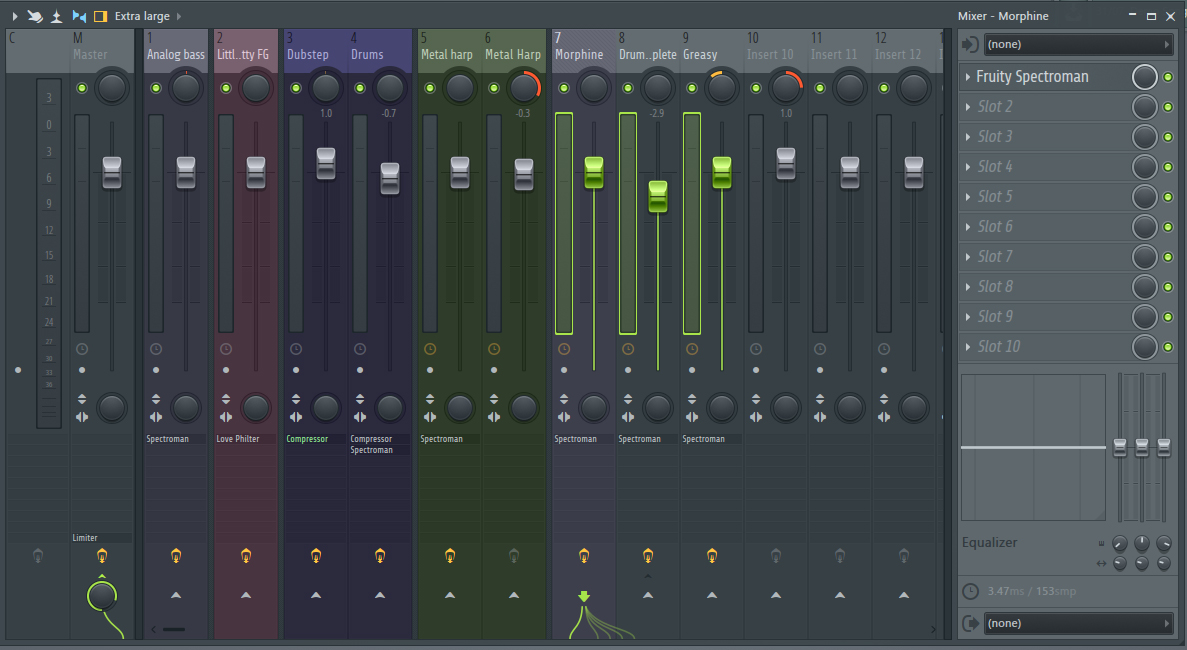

Why: Ok, here’s an area where FL Studio really shines.It’s also an impressively stable platform, which is critical when working with live recording. Its MIDI Overlay feature also makes it easy to link keyboard shortcuts to important commands for live editing during recording sessions. Why: Again, REAPER’s limitless customization options and powerful studio tools make it the winner in the recording category.It also supports an unlimited number of editing tracks, which is a huge win for anyone who makes complex, multi-layer mixes. Why: Thanks to REAPER’s robust set of tools and unlimited workspace customizations, it stands out above FL Studio when it comes to general sound editing functionality.This isn’t to say that FL Studio doesn’t have high-quality support, but REAPER’s vast array of resources and robust community that are happy to jump in and solve other user’s problems edge it out in this category, especially for beginners. Why: Both platforms have excellent support teams, but the REAPER team has gone above and beyond to support their platform and answer any questions or problems that may arise.

For those reasons, we’re giving overall ease of use to FL Studio thanks to its easy drag-and-drop interface and user tutorials that will help more novice users get to work faster. REAPER is pretty bare-bones to start, and you’ll need a basic understanding of how DAWs work to get it up and running.


 0 kommentar(er)
0 kommentar(er)
